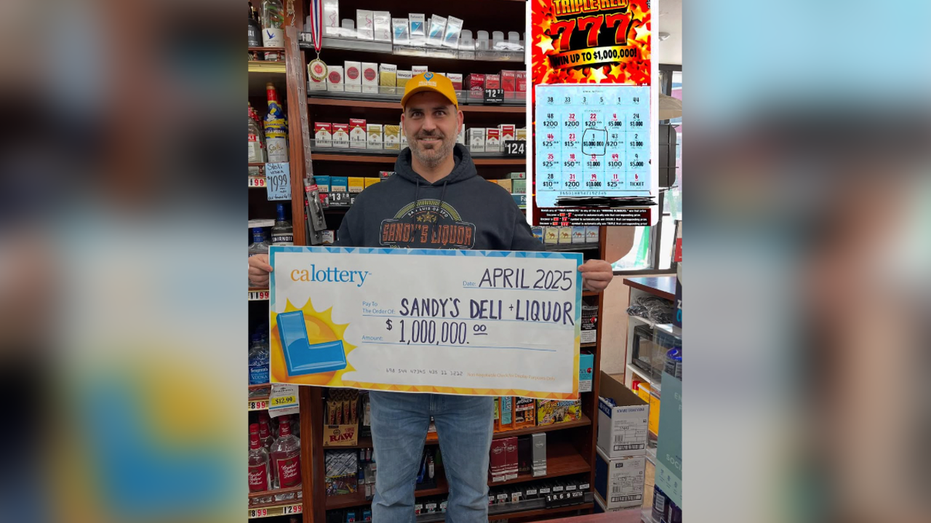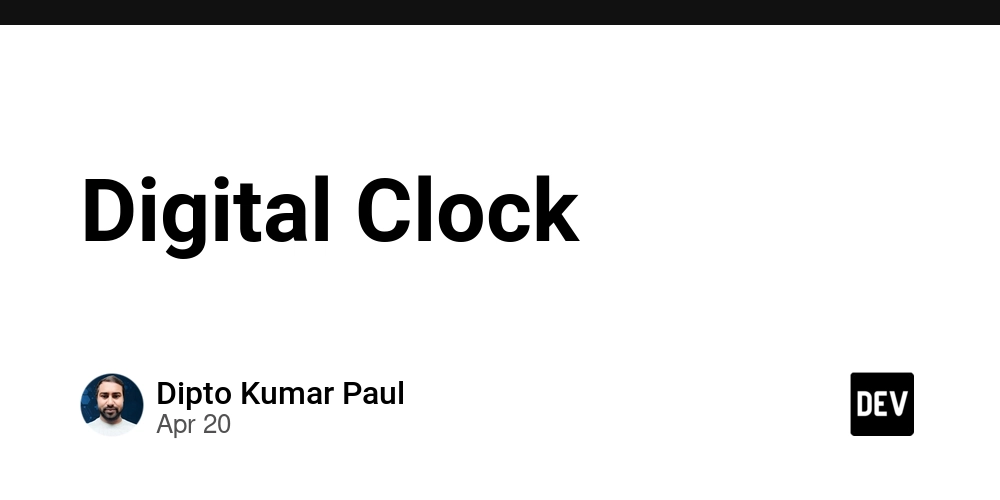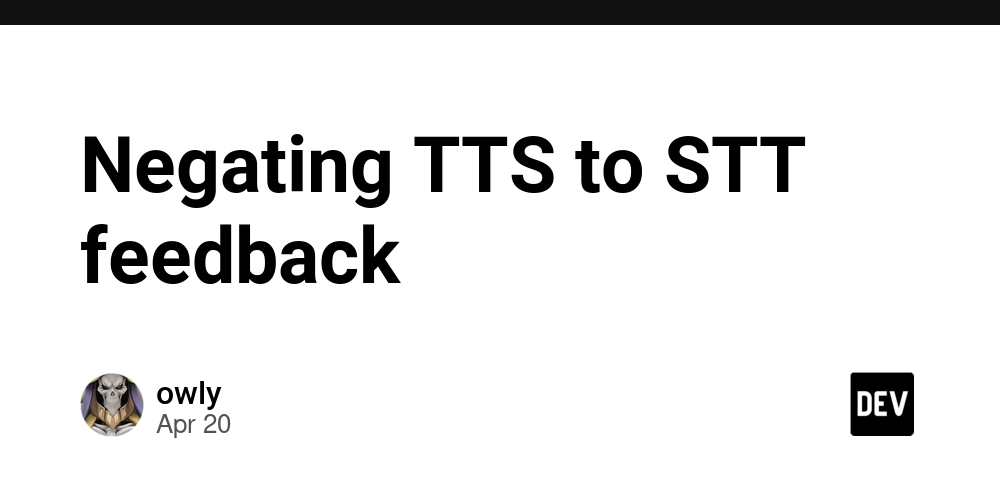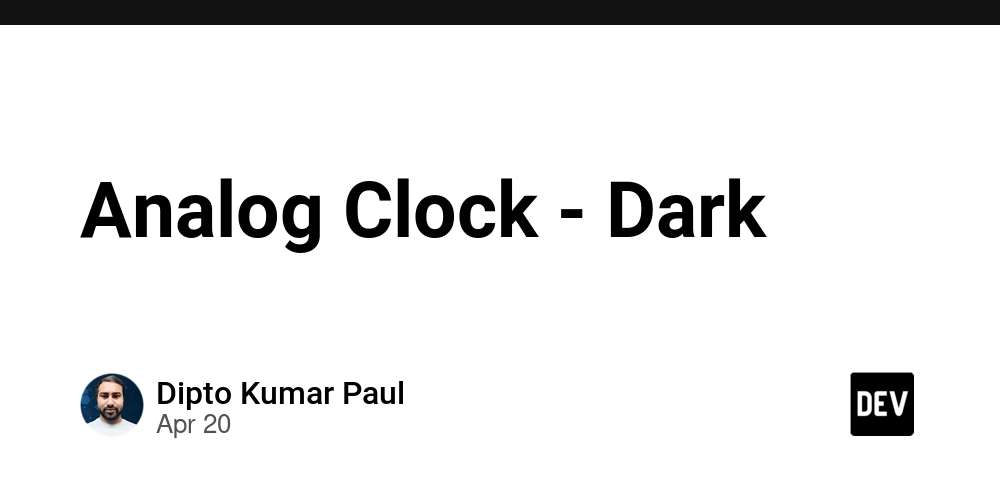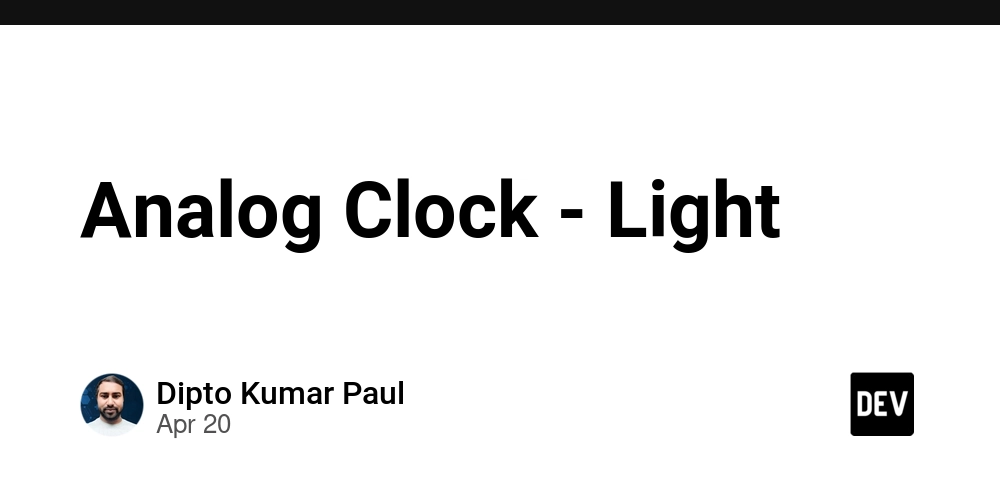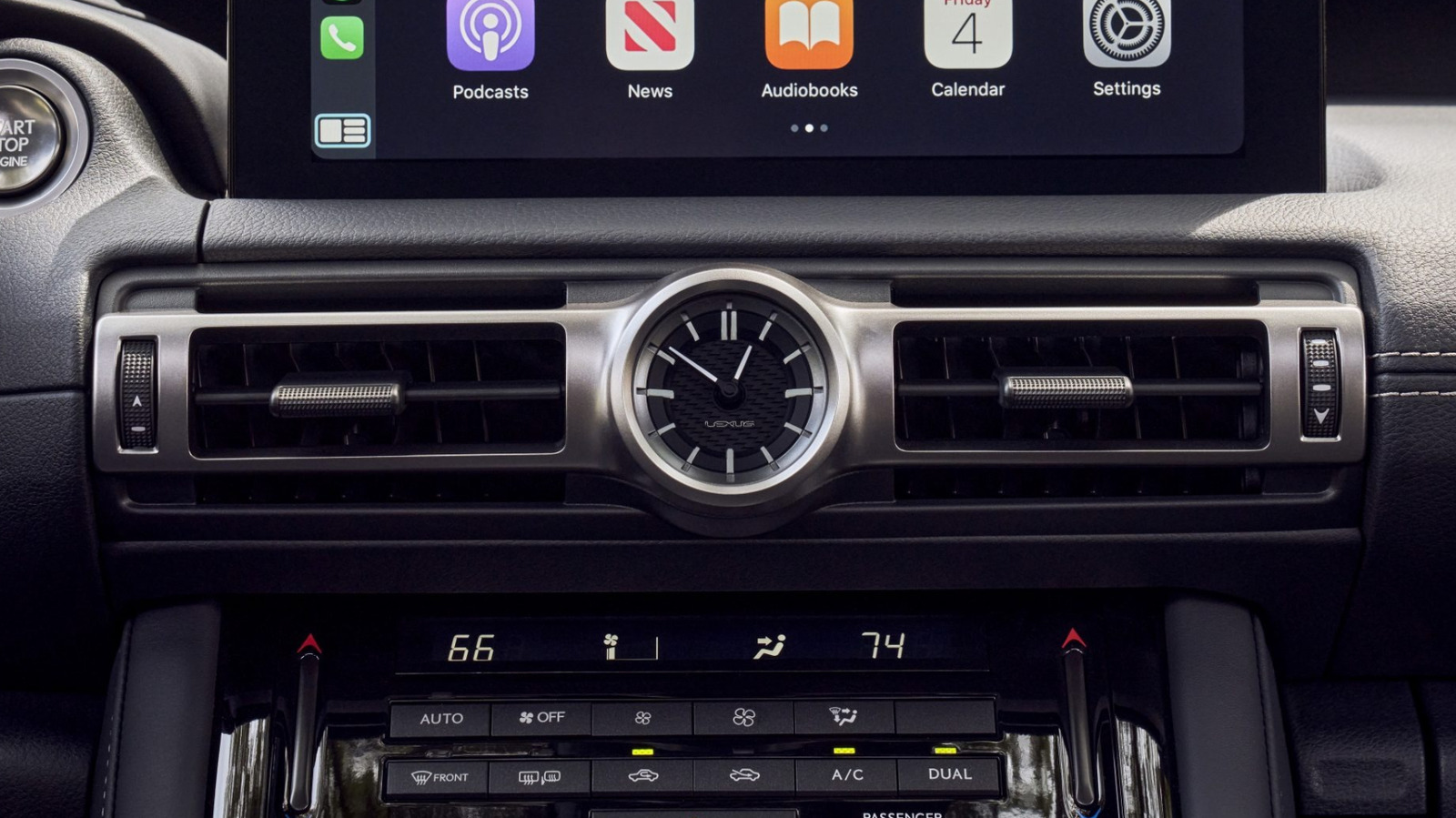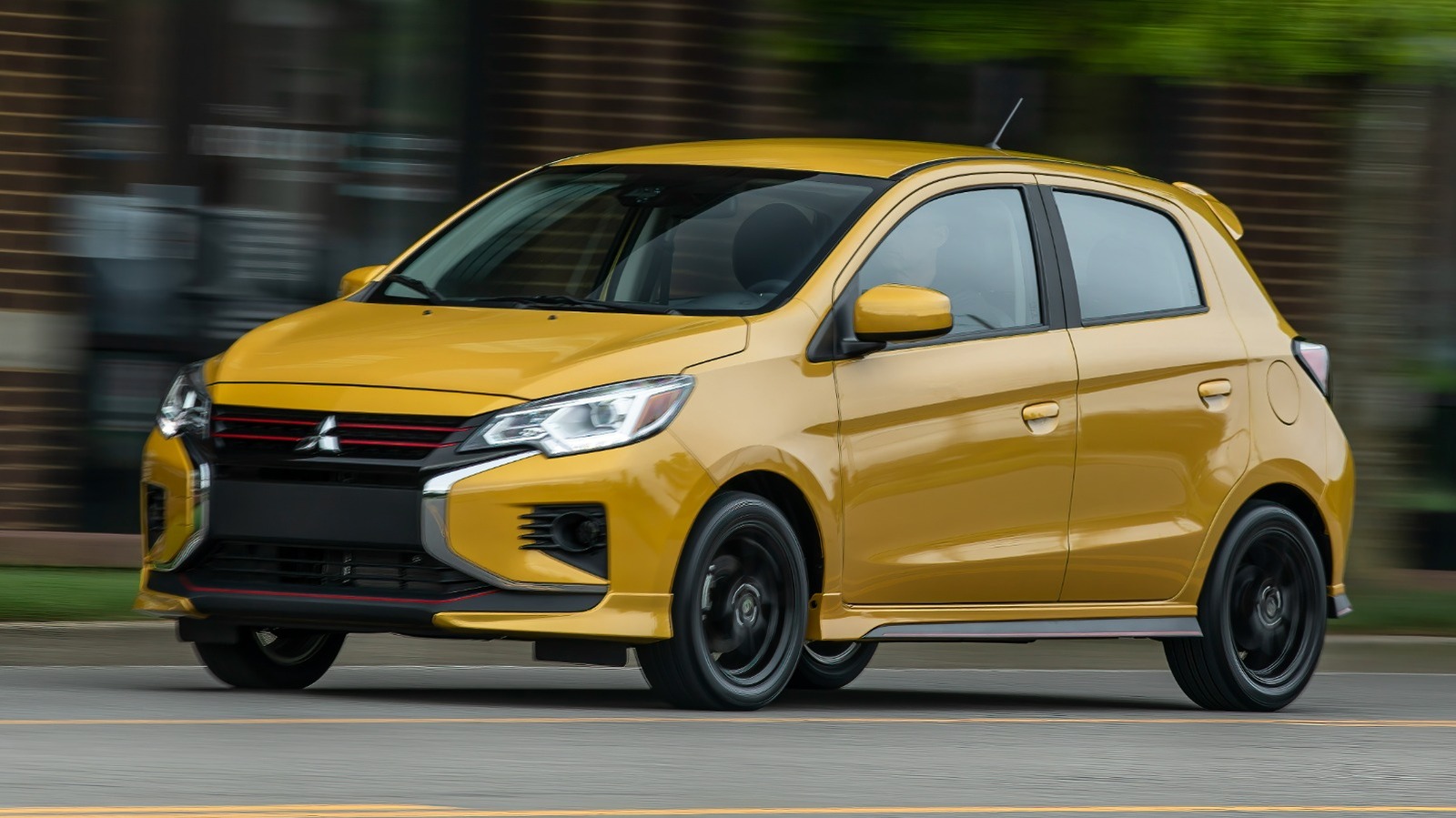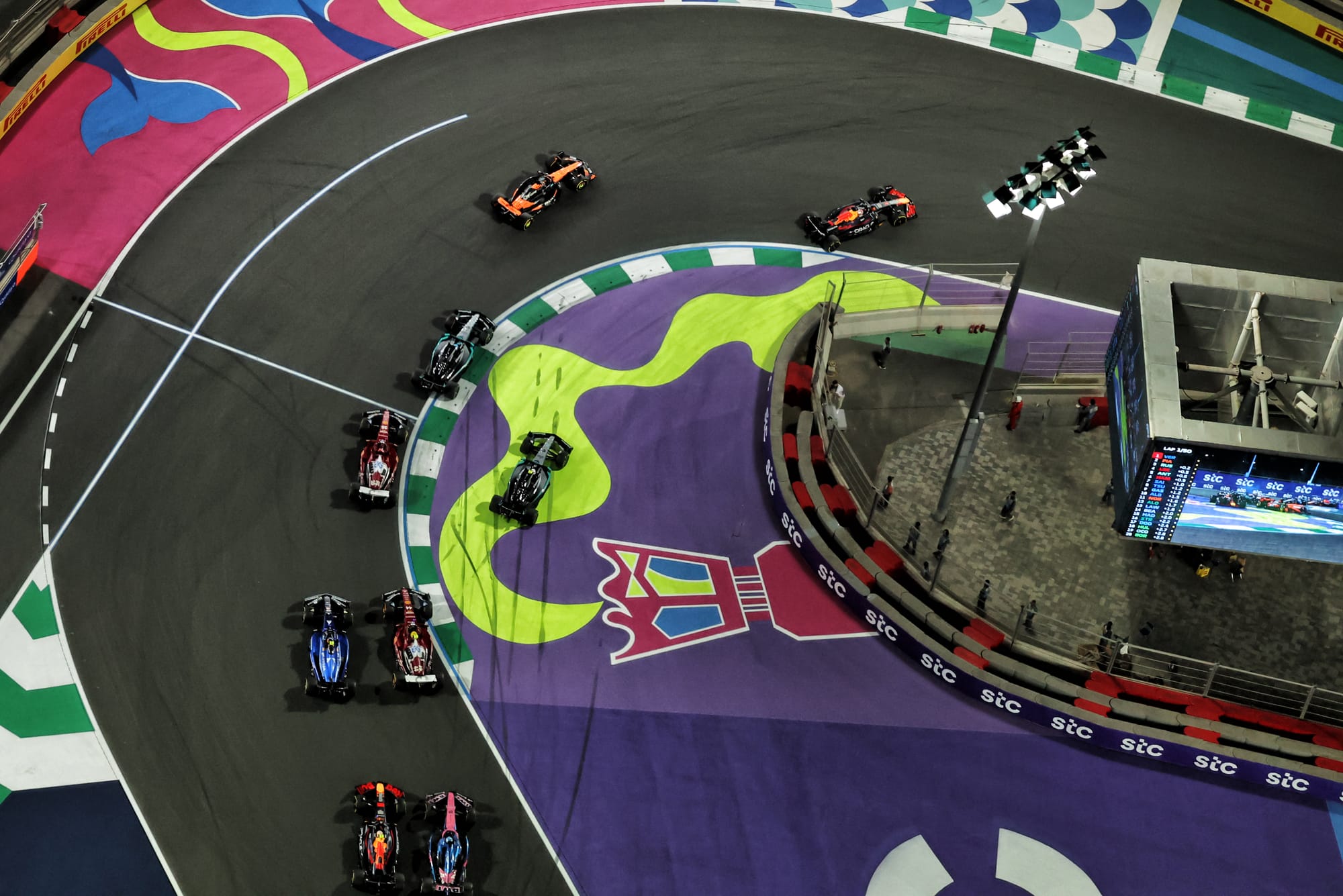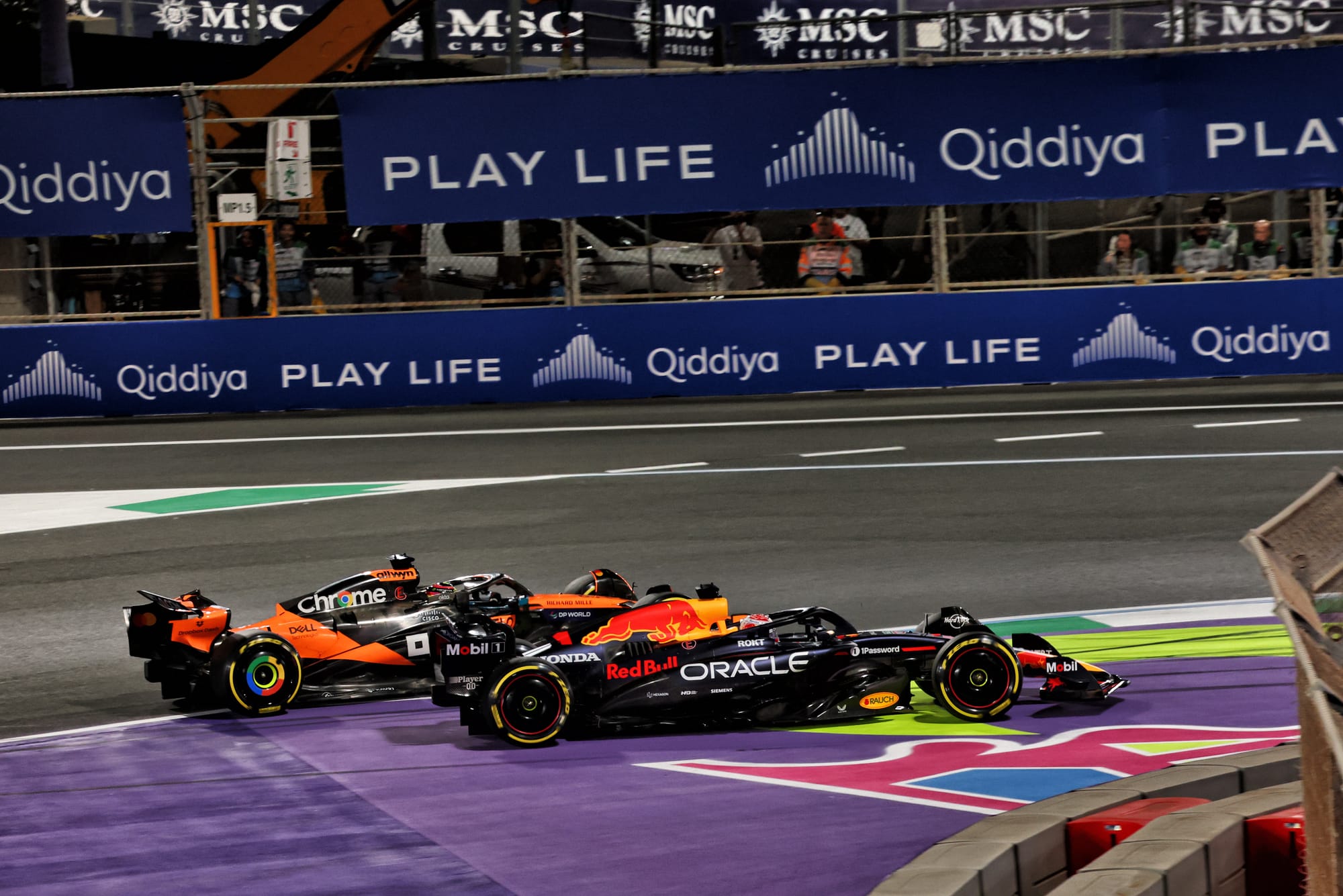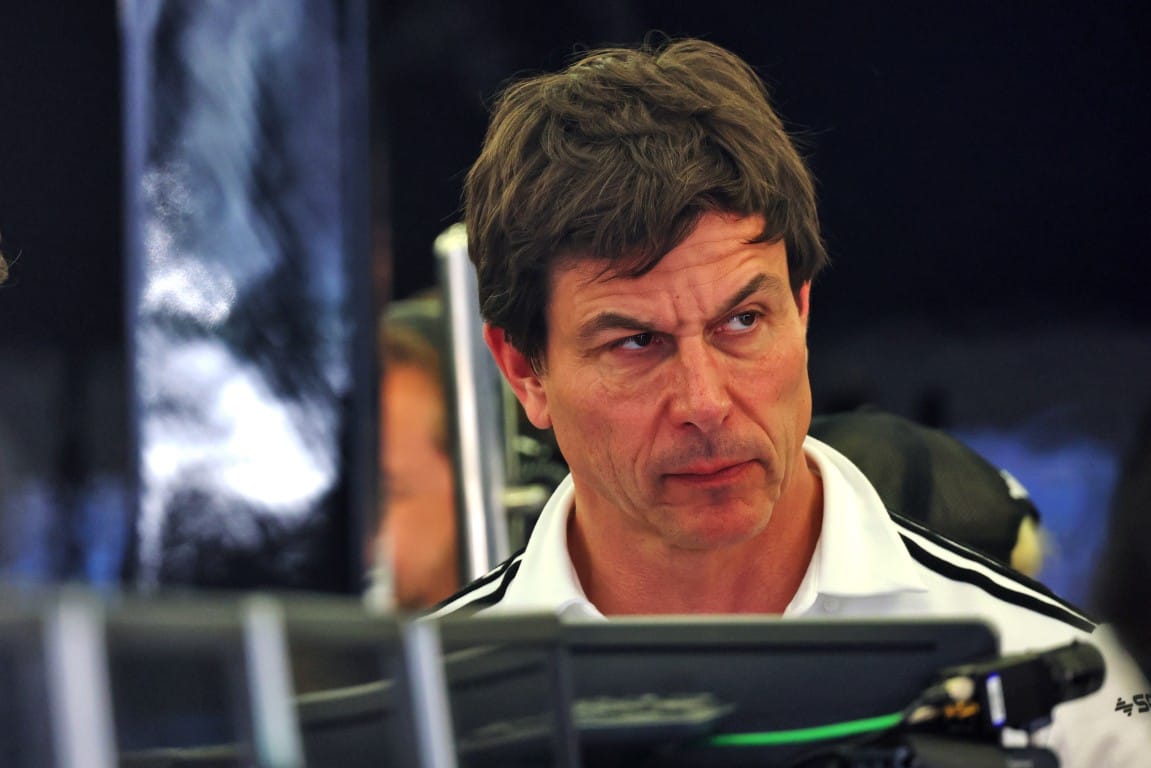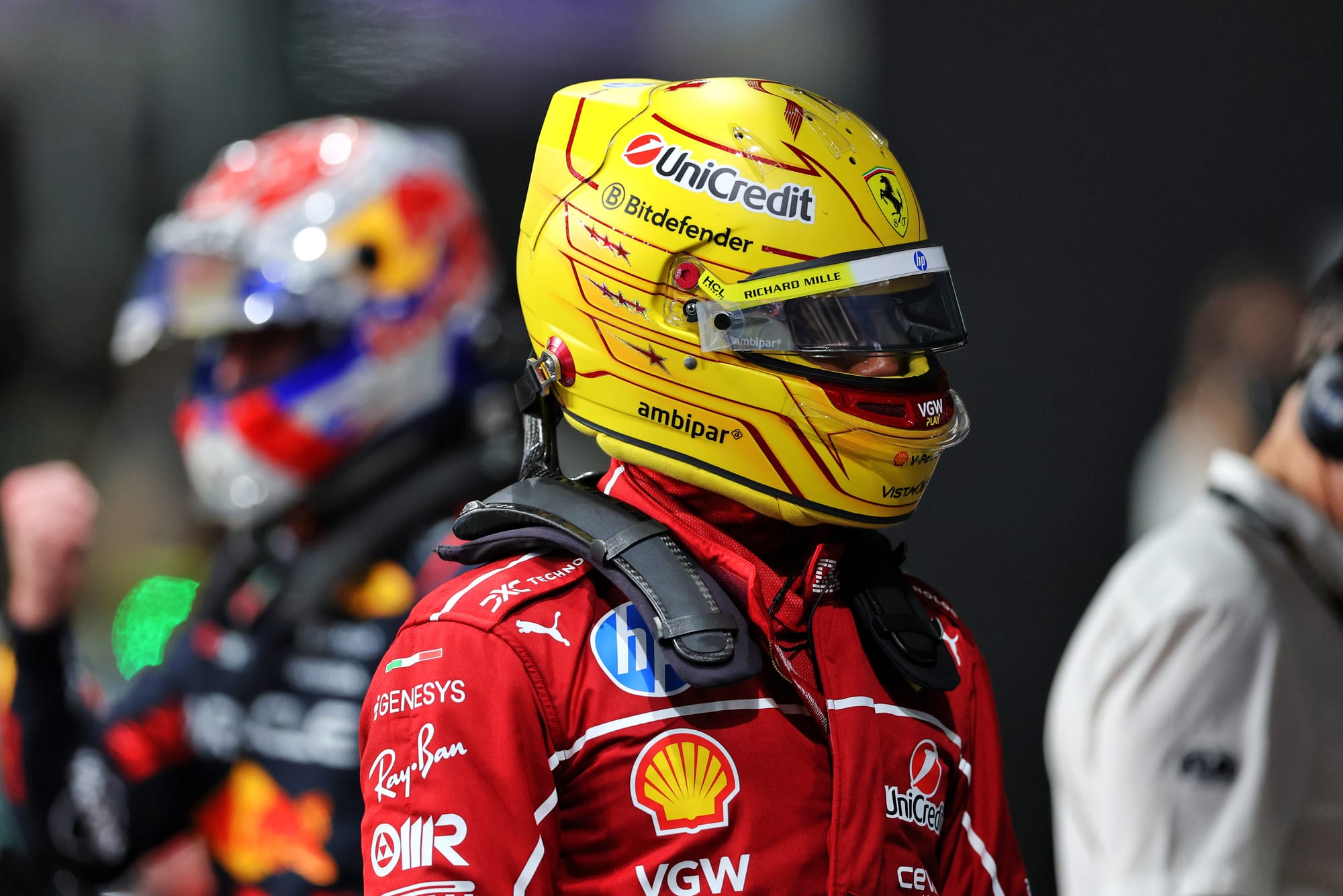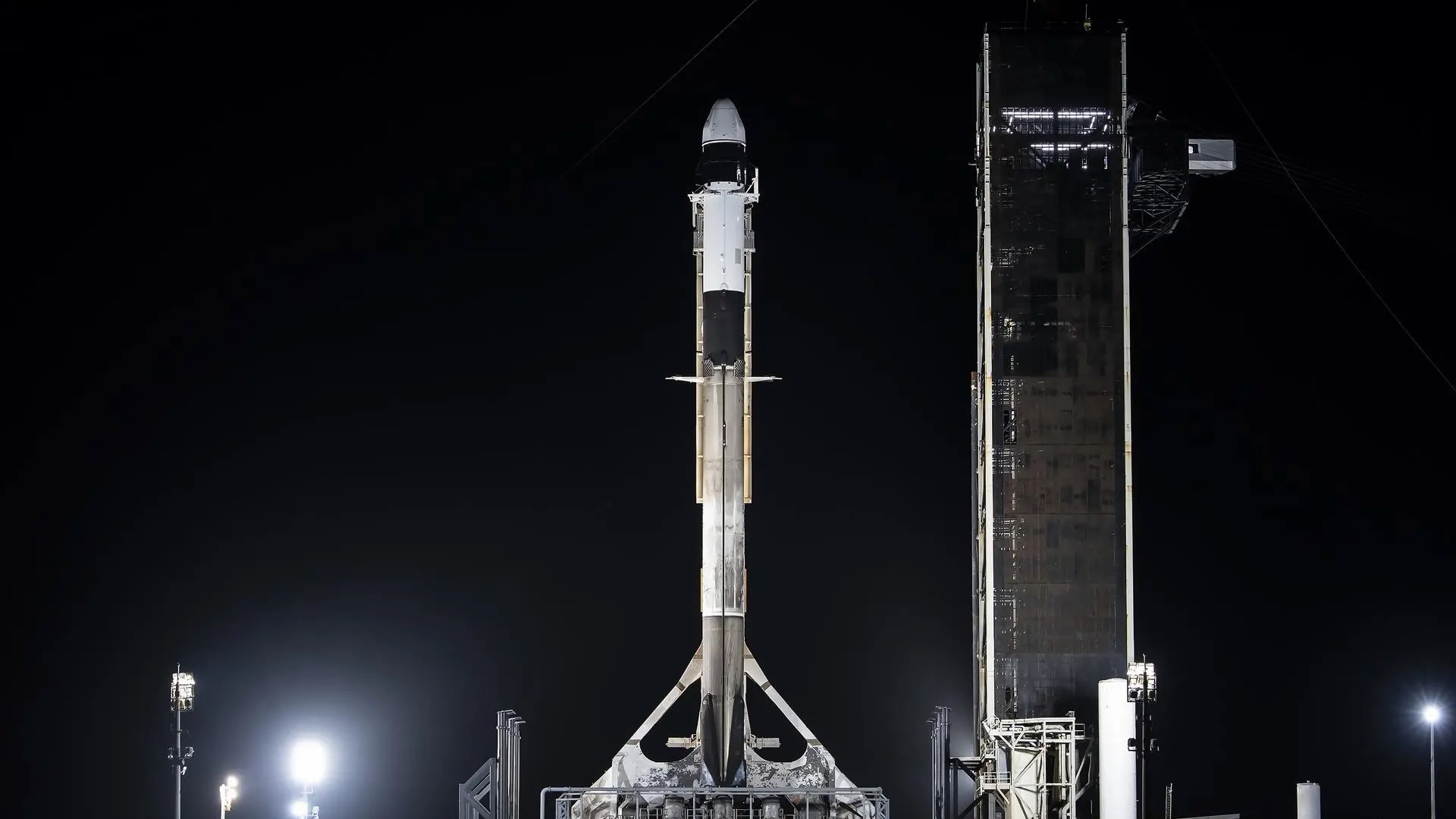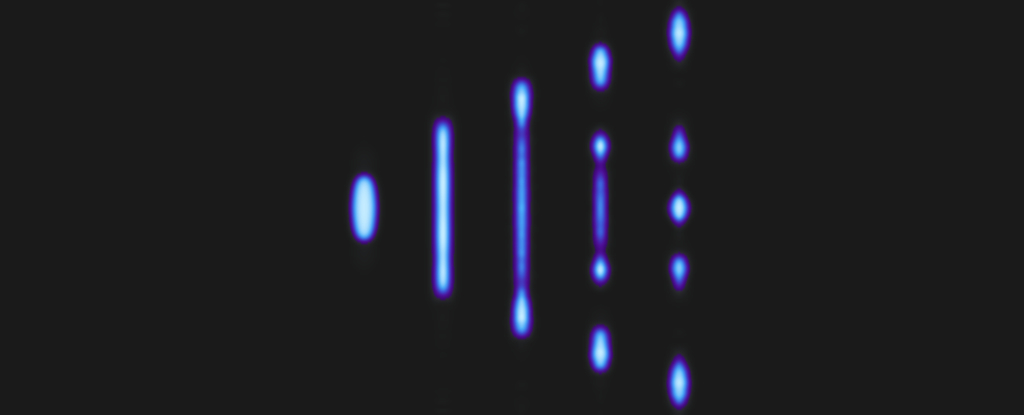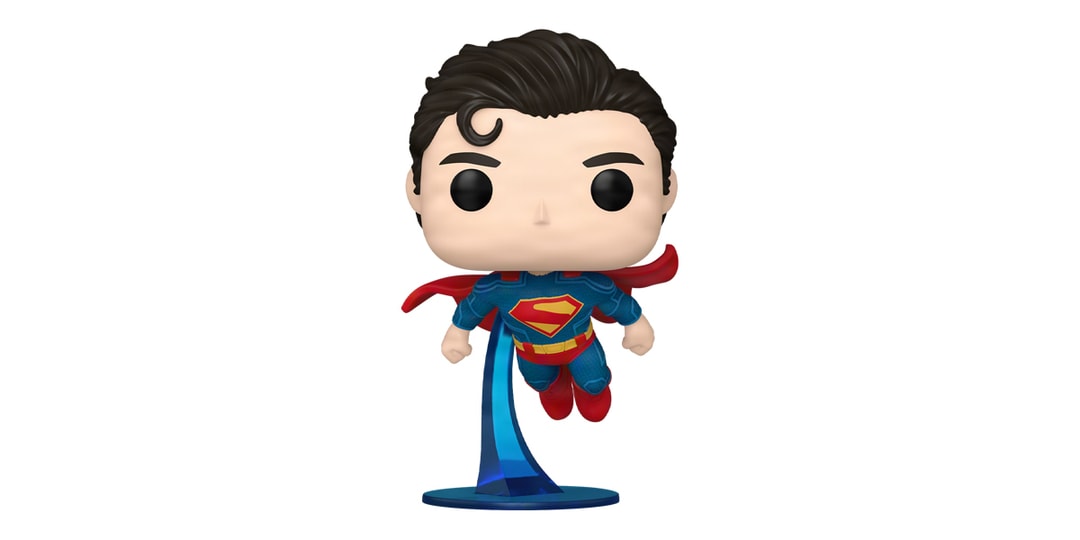How Shai Gilgeous-Alexander became the best player on the NBA’s best team
Oklahoma City Thunder superstar Shai Gilgeous-Alexander is an MVP frontrunner with his sights set on a championship. And if you saw this coming, your name must be Shai Gilgeous-Alexander.

NO FLUKE

I
t’s the middle of March in the middle of a road trip with the bright lights of the NBA Playoffs shimmering on the horizon — so close now. On this night, Shai Gilgeous-Alexander and his Oklahoma City Thunder are in downtown Detroit. It’s cold and rainy outside, but inside the Pistons crowd at Little Caesars Arena is heated. The boos are almost as loud as the ‘refs, you suck’ chants, which themselves have picked up in volume with each ensuing technical foul called on the home team. Passionate March basketball hasn’t been a thing in Detroit for several years, but the Pistons have leveraged fourth-year all-star Cade Cunningham, some smart veteran additions and an all-around ‘we’ll fight you’ feistiness to one of the Eastern Conference’s best records in the second half of the season.
Still, the Thunder exist on a different plane. OKC’s only mission all season has been to win the NBA championship, a quest that continues Sunday when they host the Memphis Grizzlies in a first-round matchup most expect them to coast through. The Thunder don’t lose to Eastern Conference teams (their 29-1 mark against the East was an NBA record), and a little mayhem at Little Caesars isn’t about to rattle them. They take their cue from their imperturbable superstar. The leading candidate for the league’s MVP award, Gilgeous-Alexander really does not rattle. The trait bodes well for the Thunder’s title hopes and it’s on full display against the Pistons.
The situation is this: The Thunder star is at the free-throw line after Cunningham gets hit with a technical for swearing at referee Brian Forte. Swish. The Pistons are still mad, the crowd still loud, and a scrum develops around Forte. This time, Pistons guard Dennis Schroder gets T’d up. There’s a brief pause, then the second official hands Gilgeous-Alexander the ball for another free throw. Swish. Now Cunningham comes back into the fray to continue the argument and, next thing you know, Forte signals the Pistons star has been ejected.
It’s a wild scene, with Detroit coach J.B. Bickerstaff gesticulating at midcourt, revving the crowd up even more. The video board flashes a reminder about the fan code of conduct policy, but the smart money is on no one reading it just now. Cunningham gets shuffled off to his locker room by team security, pausing to angrily throw something sweaty into the crowd. The chants get louder. All the while, Gilgeous-Alexander stands alone at the line, calm and still as a statue. Things get settled enough for him to shoot his next free throw. He makes that one, too. The clock has not moved, the Pistons’ best player has been ejected and the Thunder are now up by 14. Gilgeous-Alexander has 34 on the night, topping his league-leading scoring average before the end of the third quarter. He’ll finish with 48.

A
sk around. Shai Gilgeous-Alexander as the best player on the NBA’s best team, a near-lock for the MVP award as the leader of a group with the look of a budding dynasty. No one saw this coming.
Sure, the Oklahoma City Thunder star was a lottery pick, who led a playoff team in scoring in his second NBA season. Yes, he averaged nearly 24 points and six assists a game on elite efficiency in his third. But there is a ‘superstar hiding in plain sight’ quality to Gilgeous-Alexander’s basketball narrative. It’s been slow cooker instead of air fryer. There are no YouTube clips touting him as ‘the best 13-year-old in the world’ — which was how Andrew Wiggins, arguably Canada’s most-hyped prospect ever, burst into the basketball consciousness. He wasn’t the No. 1 high-school prospect in North America, as his friend RJ Barrett can claim. Gilgeous-Alexander didn’t make the junior team in his first year of high school in Hamilton, Ont. He eventually thrived at every stage, but he didn’t arrive in the NBA with shoe commercials and a publicist. Scoring titles and MVP consideration wasn’t a foregone conclusion. His specialty, it turns out, is converting opportunities into outcomes no one could have predicted.
“You could see he had something that made him hard to guard, that made him different. And he was confident,” says Melvin Ejim, a long-time European pro who first played with Gilgeous-Alexander on the Canadian men’s national team in 2016, when SGA was a 17-year-old with another year of high school still to go. “He didn’t have that hype. He was under the radar, so I don’t think anybody could have predicted this trajectory,” Ejim continues. “But everywhere he goes, he exceeds expectations.”
It’s uncanny. Yes, Gilgeous-Alexander played for the University of Kentucky and ended up as the MVP of the SEC tournament by the end of his freshman year, but he didn’t start for the first time until the 16th game of the season. “Did he remind you that he came off the bench for us?” laughs Joel Justus, the Ohio State assistant who helped sign Gilgeous-Alexander as a member of then-UK head coach John Calipari’s staff. “Because he reminds me every time I talk to him.”
Even after Gilgeous-Alexander rose up the depth chart at Kentucky and shone in the post-season, 10 players were taken ahead of him in the 2018 NBA Draft. (The only one that makes even a smidgen of sense in retrospect is Luka Doncic, who went fifth.) The team that drafted him, the ill-fated Charlotte Hornets, traded him on draft night to the Clippers. And while Los Angeles was high on him, they held off handing him the keys. He came off the bench early on there, too: “I remember saying to Doc [Rivers, then the Clippers head coach], ‘What the f— are we doing? We got to start him,” says former Clippers assistant Sam Cassell, who’s now with the Celtics.
The change was made soon enough, and Gilgeous-Alexander played well enough to earn all-rookie recognition, though of course it was second team — very on-brand for SGA, whose game and manner both contain a subtleness that fooled even the most astute evaluators of NBA talent until his never-ending flood of on-floor production demanded a re-evaluation.
Toronto Raptors wing Garrett Temple has seen a lot of things in 15 NBA seasons spent with 12 different teams as one of the league’s consummate role players. When Temple was traded to the Clippers midway through the 2018-19 season, his friend Patrick Beverley offered an early vote of confidence for their rookie teammate. “He was saying to me, ‘He’s going to be really good, G.’ And you could see his poise, and the way he soaked up everything the vets were saying to him,” Temple recalls. “But did I think he was going to be what he is now? No way. No way. A good starter in this league for a long time, possibly an all-star. Sure. But did I see MVP? You could say that about LeBron right away, Luka, Wemby. But Shai? Yeah, he’ll be really good … but man, the growth has been amazing.”
Mark Daigneault was an assistant with the Thunder when Oklahoma City acquired Gilgeous-Alexander as part of the return for Paul George in the summer of 2019. But even after a season working with the second-year guard, there was more appreciation around the organization for Gilgeous-Alexander’s high floor than his potential ceiling. It wasn’t until the team’s mini-training camp in preparation for the 2020 season resuming in the bubble that the light began to go on. “We had like a three-week build-up of practices and Shai kind of ran his own team,” Daigneault told me as we watched the Thunder wrap up their shootaround in Detroit. “We had Chris Paul and Dennis [Schroder], and they were on the other team, and we were playing every day to get ourselves back into rhythm and get our conditioning. He really showed glimpses there where you were like, ‘Okay, this guy has another gear with the ball in his hands that maybe we haven’t seen because of the other guys on the team.’ You knew he was really good, but I think the only person that can honestly say that they saw him being this good was Shai.”
As he does so often when faced with the choice to pull up from deep, drive to the rim, step into his trademark mid-range fadeaway or whip a pass to an open teammate as the defence collapses on him, Gilgeous-Alexander made the right read. The rest of us can only marvel at the results.
There is a very, very good chance the 26-year-old will be the first player not named Nikola Jokic, Joel Embiid or Giannis Antetokounmpo to earn the NBA’s most prestigious individual award since Gilgeous-Alexander’s lone year at Kentucky. MVP voting closed this week, and the announcement typically comes in the second round of the playoffs. When ESPN’s Tim Bontemps conducted his final straw poll of 100 likely voters (I am one and voted for Gilgeous-Alexander), the Thunder star — who finished second in the voting to Jokic last season and fifth the year before — took first place on 73 ballots and second on the remaining 27. If that’s how the official count shakes out, Gilgeous-Alexander will join Steve Nash as only the second Canadian to have ever won the award.
His case is rather straightforward: He finished the regular season averaging a career-best and league-leading 32.7 points per game, along with 6.4 assists — also a career high — 5.0 rebounds and 1.7 steals, while shooting 51.7 per cent from the floor including 37.5 per cent from three on a career-high 6.1 attempts. He also led the NBA in free throws made, knocking them down at just less than 90 per cent. Taken together, Gilgeous-Alexander’s performance this year featured a nearly unprecedented combination of volume and efficiency, as his 63.7 per cent True Shooting mark is on par with the 63.8 mark legendary sharpshooter Stephen Curry managed in his first MVP season a decade ago and Gilgeous-Alexander posted it while putting up more shots (21.8 per game) than anyone else in the league and more than Curry has in any season of his career.
Put simply, Gilgeous-Alexander had one of the best offensive seasons ever. The only other players in league history to average at least 32 points, 5.0 rebounds, 6.0 assists and 1.5 steals for a season with a True Shooting mark of 60.0 or better are Michael Jordan and James Harden, each of whom have done it twice. Dig a little deeper, though, and Gilgeous-Alexander is the only player to hit those marks while playing just 34 minutes a game and the first to manage the line while making fewer than 200 turnovers (183) — Jordan is next best at 247. He’s at or near the top of most of the more advanced metrics too, where formulas try to capture the impact of lineup quality and level of competition. It’s all quite compelling, even if Jokic (who averaged 29.8 points, 12.8 rebounds, 10.2 assists and 1.8 steals with a 66.3 per cent True Shooting mark) also had one of the great offensive seasons in NBA history — even better, arguably, than his performance in his three previous MVP years.
Ask Gilgeous-Alexander about his MVP chances and he boils it down to the marrow: The Thunder put together one of the greatest regular seasons ever, setting a league record for point differential and finishing 16 games ahead of the second-place Houston Rockets in the West, and 18 games ahead of the Nuggets, who finished fourth. “For me, if I had the exact same numbers I had and we were 10th in the West, [the numbers] wouldn’t matter,” Gilgeous-Alexander said in Detroit in as loud a statement as he’s made about his MVP hopes. “Like, I’ve averaged 30 and we’ve been in the play-in and I was fifth in the MVP ladder [in 2022-23]. The reason why I have my success is because of this team and because of this group, and that’s all it’s really about. I always say it’s about winning, and when you win, everything else falls in line.”

S
o, why did no one but SGA himself see this coming — Gilgeous-Alexander as (arguably) the league’s best player on the NBA’s best team? Dude went from the bench to SEC MVP in one year of college and more than doubled his scoring from 10.8 to 23.7 points per game between his rookie season and Year 3. “That just don’t happen,” says Cassell, who managed 15 NBA seasons as a crafty, undersized point guard, winning three titles and playing alongside three MVPs along the way. “Trust me, I’ve been in this league a long time, and that don’t f—ing happen.”
The man himself tried to tell us, and not all that long ago. In an interview with GQ magazine that took place during New York Fashion Week in 2021, prior to his fourth season, Gilgeous-Alexander laid it out: “I’m not playing this game just to be a good basketball player,” he said. “I want to be one of the greatest to ever play.”
If that bold proclamation was seemingly at odds with a relatively chill public persona, it was also nothing those close to him hadn’t heard before. Lu Dort first encountered Gilgeous-Alexander at an AAU tournament in Montreal when they were 14 and 15, respectively. (Dort’s team won.) They joined the Thunder within days of each other in the summer of 2019 and lived together for their first two seasons in OKC. “It was my first year [in the NBA], his second year, and it was crazy just how convinced he was. He’s always seen himself at the top,” Dort says. “We used to watch a lot of games when we had days off and we’d be watching the top players — all the guys playing in the big national TV games. He was amazed by what they were doing, but he was also like, ‘I can do the same thing.’ And honestly, I knew it, too. I was seeing the work that he was putting in every day, and I was the one who had to guard him in practice, and I was guarding these guys he was watching, so I could see the similarities. I knew he was going to get there.”
It wasn’t just in the privacy of his own home that Gilgeous-Alexander spoke his greatness into existence. Schroder was in his second season with OKC when he first met the then-second-year pro. “One thing, that really pops out,” Schroder remembers, “Shai said, ‘I don’t know why they traded me for Paul George’ — the Clippers, he was talking about. I was like, ‘What you mean?’ He said, ‘He’s not better than me.’” At the time, George had just come off a monster season where he averaged 28 points, 8.2 rebounds, 4.1 assists and 2.2 steals a game, earning first-team all-NBA and first-team all-defence recognition on his way to finishing third in the MVP vote. “I mean, he’s not arrogant, it’s just his confidence is through the roof,” Schroder continues. “Because he knows how much work he puts in. And you can see it on the court, too. He’s got that dog in him, and he’s doing it real silent, too … he’s not really a talker. But when you go at him, he’s like, ‘Okay, but I’m gonna show you.’ And when he goes at you, it’s gonna be a long night, you know?”
Gilgeous-Alexander’s path to serious MVP contention has been built in steady increments, with the steely-eyed discipline he applies in all areas of his life. He has a checklist for packing for road trips and takes the time to steam his photo-worthy tunnel fits himself in his hotel room before leaving for the arena. “I’m very, very strict on consistency in every aspect of life,” Gilgeous-Alexander told me in 2024. “Whether it’s my eating, my day-to-day schedule, how clean my house is — it’s what I do with my time, whether I’m playing or not. I try to be very, very strict on discipline, being consistent. I think it helps with my basketball.”
The source of his approach isn’t much of a mystery. His father, Vaughn Alexander, coached both Shai and his cousin, Minnesota Timberwolves wing Nickeil Alexander-Walker, when they were young, and he was demanding. Vaughn started a basketball-focused charitable foundation called No Flukes that reflects his vision, and even if he couldn’t have planned to produce two first-round picks and one of the best players in the world, the process was meant to do just that. “I don’t want to say I knew he was going to be a three-time all-NBA player by the time his was 26 or a scoring champ or an MVP, that’s crazy,” Alexander says. “But I will say, there are no flukes. The work we put in, we were destined for this. Like, if we practise brushing your teeth a certain way for 20 years, it’s not a surprise you’re good at brushing your teeth.”
Gilgeous-Alexander’s mother, Charmaine Gilgeous, doesn’t typically do interviews and politely declined when approached for this story. But the 1992 Olympian — a 400-metre specialist for Antigua and a five-time all-American at the University of Alabama — did leave me with one nugget when I asked about her oldest son’s clinical approach to his craft: Drawing on her experience as a track athlete, she tried to pass to her son the need to stick to a training program over years, with an eye towards a singular, long-term goal. “Ball players don’t train like that,” she said.
Her son does. It’s common for NBA players to flock to glamourous off-season locales — Miami and Los Angeles are good bets — to work with high-profile trainers amongst fellow pros, with their progress faithfully uploaded to social media for the world to see. Gilgeous-Alexander, who is qualified to sign a four-year, $294-million super-max contract extension this summer, trains out of his base in Hamilton, his workout group made up of a half-dozen high school friends who serve as randomized defenders so he can fine-tune his decision-making in game-like settings. His physical conditioning he trusts to Nem Ilic, who was introduced through a mutual friend. Their workspace is Ilic’s double-car garage at the end of a cul-de-sac on Hamilton Mountain. His skills trainer is Nate Mitchell, who has been a player development coach with the Charlotte Hornets, Toronto Raptors and Milwaukee Bucks, and who met Gilgeous-Alexander when he was 17 years old and trying out with the men’s national team.
“The thing that sticks out to me, and I think that he would agree, is, like, the obsessiveness and work, the rigidness,” Mitchell says. “I think when those meet the God-gifted talent he has as a basketball player is where it pushes you over what some people may thought you would have been.
“Like, this kid’s never went on a vacation, you know what I mean?” Mitchell continues. “He’s never been to a Caribbean island. I mean, probably when he was, like, really, really young. But since he’s been in the NBA and been blessed with some money? I’ve had to say to him, like, ‘Bro, you need to take some time off and do this, even if you want me to go with you, so that you’re working on your vacation. Like, it’s very necessary.
“And he feels like he hasn’t worked hard enough or deserved it. He has a regimen on his weekday schedule of workouts, lifts and shooting. If we start at 7 a.m. this week, I pull up at 6:50 and he’s already sweating, right? He’s a dad now. His son gets up at 8 a.m., so now we work out at 6 a.m. Nothing changes. There’s no bend. I could lose my phone and I know where to get him on Monday, Tuesday, Wednesday, Thursday, in three different places [each day]. Like, he’s gonna be rigid — on time, same time. And it’s been cool to see.”

As Hall-of-Fame point guard Chris Paul, who was a mentor to Gilgeous-Alexander in their one season together in OKC, put it to me when he was in Toronto with the San Antonio Spurs recently: “Shai’s a basketball junkie, you know what I mean? Like, we were talking on the phone just a couple of days ago, watching games, just talking basketball. Not to say he’s simple, but Shai watches games, he hoops and kicks it with his family and buys clothes. That’s it. We were always together, and watching him work, I just figured all this was a matter of time.”
Two disappointments have shaped Gilgeous-Alexander’s finest season: the Thunder’s second-round loss to the Dallas Mavericks last year, an upset given OKC was No. 1 seed in the West, and Canada’s quarter-finals loss to France at the Paris Olympics. “I think for me personally, I might have overlooked the opportunity a little,” he said when addressing his teammates after the Olympic loss, captured in the Netflix documentary Court of Gold. “But, like, once the game was over, I realized it’s another four years before we get this opportunity. That’s a long f—ing time. So, for me and I advise you all to remember what this feels like. This opportunity is what it is because it only comes around every four years, and we got to be ready come 2028 to be the best we can be.” He reflected too after the Mavericks upset. Gilgeous-Alexander carried his share of the load. He averaged 32.7 points, 8.0 rebounds and 7.3 assists along with 1.2 steals and 3.3 blocks for the six-game series — it was a superb performance. But since the Mavericks advanced, eventually making it to the NBA Finals before losing to the Boston Celtics, the puzzle he was left with was what to do differently.
Because the remaining challenge for Gilgeous-Alexander is to take his carefully constructed game to a place two of his role models, Nash and Paul — and even his childhood idol, Philadelphia 76ers icon Allen Iverson — have never been: an NBA championship. One solution after the Dallas series was to make himself more of a three-point threat, hence the career-high in attempts this season (he put up 138 more threes than his next most prolific season). It’s not because he’s trying to get away from the punishing diet of drives he delivers to opponents — for the fifth straight season he led the NBA in drives per game, set up by what he calls his “slithery, cerebral” approach to dissecting a defence. “Ultimately, I always say this: the defender in front of me is not who I’m playing against,” he says. “It’s the guys behind them.” He knows the constant threat he presents to shed the first defender creates tension for opposing defences and opens up shots for his teammates. His shapeshifting attacks, toggling between the gas, brake and clutch, also free him up for the steady drip of 15-foot jumpers which are the foundation for his emergence as the NBA’s most dominant scorer.
“The year we played together, me and [Chris Paul], when we were playing pick-and-roll and someone shot the mid-range, we always called ‘layup’,” Schroder says. “And with Shai, he didn’t really have that yet … we said, ‘when you get that mid-range game, I think it’s over — like, nobody can guard you.’ And he was like, ‘Man, I’m gonna work on that. I’m gonna show you.’ And now he’s one of the, you know, best ones in that area.”
Rather than getting away from any of those pieces that have made him so successful, in extending his range, the hope is that it will be tougher for playoff opponents to key on him and will also make his life a little easier as the grind of the two-month post-season tournament wears on.
“I did a lot of film watching [after the playoffs] and extending your game and extending your range, no matter how far you extend it, allows more space, not only for you, but for the rest of your teammates,” he says. “Obviously, we didn’t have the result that I wanted to have last year, and I might have had some, like, good games, but I felt like the brand of basketball was a little bit — I wouldn’t say unsustainable, but it wasn’t the perfect brand of basketball for us to win. … It ultimately just comes down to finding ways for me to be better, for this basketball team to win games, and I think [my teammates have been] working at the same time. It has definitely paid off so far.”
An added element Gilgeous-Alexander brings, and an overlap in the Venn diagram with Nash, is his awareness of the need to empower his teammates and his ability to do just that. Canada Basketball general manager Rowan Barrett saw it the past three summers. “My biggest takeaway was how great a teammate he was,” says Barrett, who shared a backcourt with Nash in the 2000 Olympics and later took his share of criticism for bringing Gilgeous-Alexander onto the national team when he was just 17, a decision that has aged like the finest Bordeaux. “He was very much like Steve in that: Playing cards with the guys, bantering at dinner and the back of the bus. He was always with the guys. He was never, ‘I’ll see you at the game.’ He never misses practice. Never looking for a day off. Every single day he’s one of the first on the court, working before practice. His leadership was phenomenal.
“He always had a great attitude, but now with his stature, to see how he helped elevate our culture was great. You wouldn’t know about his status until you’re watching the game. There’s no prima donna. He’s here to do his job, never complains. It’s awesome.”
Says Ejim, his veteran national team teammate: “During that Olympic experience, it would have been easy for Shai to be like, ‘This is my team. This is the way that I’m going about it. This is how we need to do things,’ and he did when it needed to be done. But I think at the same time, he allowed people like me, he allowed people like Kelly [Olynyk] and Dwight [Powell], older, veteran guys, to still have a prominent voice, to have our inputs, as opposed to being like, ‘Nah, this is my show. This is my time.’ He has that humility to him. And I think it takes a special type of character in a person to understand when it’s okay for others to lead and when it’s his time to lead. He allowed people that grace.
“You’ll never hear a bad story about Shai,” adds Ejim. “He’s not gonna big-time guys. We have a group chat to this day and he’s always funny and in-tune. And if you hit him up, he’ll hit you back. He’s super down-to-earth.”
It’s a similar story with the Thunder, where Daigneault notes Gilgeous-Alexander has made a point of welcoming veteran newcomers Alex Caruso and Isaiah Hartenstein into the mix. Dort makes a point of stressing that for all his old roommate’s accolades, he remains a regular participant in the locker room’s culture. “He has a bigger, fun, goofy side with us that I don’t think the world sees when he’s out there,” says Dort. “He’s a humble guy. He’s not going to see himself as ‘I’m above everybody.’”
It tracks then, that after OKC’s playoff disappointment a year ago, there was no finger pointing, no examples of Gilgeous-Alexander looking at his stats and then his teammates’ — who shot a combined 42 per cent from the floor and 30.6 per cent from three — and giving off any ‘just do your job’ energy. Instead, he’s used this regular season to look for ways he can help them succeed. “I don’t think anybody was more prepared than he was for the playoffs last year,” says Thunder big man Chet Holmgren. “And, you know, he went out there and showed that. I think he [then] took the experiences that it gave him and came back even better. He saw how he was being guarded, he saw how we were being guarded as a team, and he went and worked on things that he felt could help make himself and all of us better in those situations. And I think that’s been evident … he’s continued to trust all of us in situations where getting off the ball is the right play. I’ve seen him come down and score on four people all by himself. So, like, he never has to pass the ball, but he understands the bigger picture … of, if you want people to double you less, send less bodies at you, you have to punish them for it.
“He has a great understanding of fostering that experience in all of us to get better at that as a team, and we’ve done a really good job of executing in those situations,” Holmgren continues. “And a lot of that credit goes to him, trusting that even if it’s not perfect this time, it’s for getting it right down the road.”

T
he biggest tests are still ahead of Gilgeous-Alexander and the Thunder. But you can see the lessons learned being applied on a Saturday night in Detroit, one more chance to get it right before the tests are for keeps. The in-arena temperature has remained on high after Cunningham’s third-quarter ejection. The crowd is at full-throttle and the Pistons are too. Even without their best player, Detroit is clawing back into the game. A 16-3 run cuts the Thunder’s once comfortable lead to just one late in the fourth quarter.
Gilgeous-Alexander has been trapped by multiple defenders at times and has faced a revolving door of fresh-legged primary defenders for the entire second half. But with the game in the balance, somehow he has enough reserves to hit the boost and score seven points in two minutes. First, he hits a triple from the top of the key after putting his shoulder into Ausar Thompson, sending one of the NBA’s best young defenders stumbling backwards before slamming on the brakes and stepping back for a wide-open look. A few possessions later, he creates a pull-up in the lane after Tim Hardaway Jr. loses his footing trying to keep step with Gilgeous-Alexander’s ankle-defying change of direction. And off a Detroit miss and OKC rebound, he manufactures a twisting left-hand lay-up after quite literally leaving Malik Beasley turning in circles, before absorbing a mid-air blow from 260-pound Pistons big Jalen Duren that sends Gilgeous-Alexander to the floor, but not before the ball bounces and drops.
The Thunder bench wants a foul, but Gilgeous-Alexander picks himself up and sprints back on defence without even glancing at the refs. The flurry puts OKC up six with two minutes to play, but the Pistons keep coming and cut into the lead again, and this time they’ve made their minds up: Gilgeous-Alexander will not be scoring to beat them. His old pal Schroder denies him the ball and there is nearly a turnover when the Thunder try to force it to him. Gilgeous-Alexander recovers but is doubled. With the shot clock winding down, he finds a wide-open Cason Wallace who steps into a practice court three, burying the dagger. It’s exactly the kind of sequence the Thunder hope can carry them to heights the franchise — even at the peak of the storied Durant-Harden-Westbrook era — has never managed to reach.
Dort used to tease his high-scoring teammate for his almost mind-numbing consistency. Last season, Gilgeous-Alexander averaged 31 points a game, but only topped the 40-point mark five times. He finished within three points of his average 39 times in 75 starts. He scored 30 or 31 points 21 times. “I was like, how do you always get exactly 30 points, bro?” says Dort. “And then [this year] he went out and got 50 three times in two weeks.”
Gilgeous-Alexander doesn’t quite get there against the Pistons, but 48 on the road while short-handed against one of the NBA’s better defensive teams isn’t a bad night’s work. And finding a teammate for the critical three is a nice bonus. After Wallace’s shot drops, the Pistons call a timeout. Gilgeous-Alexander is alone in the swirl again. He retreats to centre court to collect himself, his hands on his shorts. He drops into a squat, the exhaustion from 38 minutes of probing and cutting and driving into the teeth of a defence perpetually tilted towards him is palpable. “I was pretty tired,” he says afterwards. “Very, very tired … they were pressuring full court, they made a little run. There was a lot of energy in the building … but I was definitely tired.”
He gathers himself and makes the walk back to the Thunder huddle, re-joining his team. Another night, another win, and hopefully another step to their ultimate goal.
Grant Burke/NBAE via Getty Images; Chris Schwegler/NBAE via Getty Images; Zach Beeker/NBAE via Getty Images (2); Michael Gonzales/NBAE via Getty Images.
